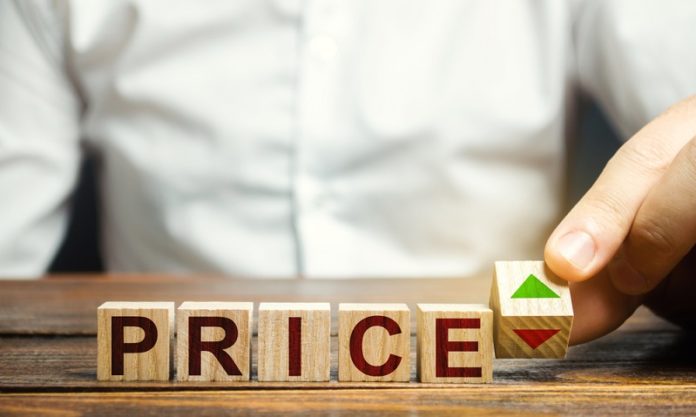Amazon has a relentless commitment to the customer experience – everything it does is guided by its goal to be the most customer-centric company in the world. Amazon wants to position itself as the most convenient company with the lowest prices and the best customer service out there, and one of the ways they do this is through a dynamic repricing strategy. SMEs can incorporate Amazon’s successful pricing tactics into their own strategies with the following tips:
1. Define your commercial objective
Some shops have a clear market penetration strategy to capture market share as their company objective. Other shops offer value-added services such as free quick delivery, great customer support, or long payment periods. Regardless of what your offer is, you should understand it thoroughly before starting dynamic pricing. The commercial objective is, in many ways, a compass for your business, and will help you form a dynamic pricing strategy that helps you reach your specific goals.
2. Build a pricing strategy
If your commercial objective is to increase visibility but also capture profits, you might want to follow the “high-runner” strategy commonly used by Amazon. In this strategy, you draw traffic to your store through extremely competitive prices on a small selection of your most popular products while capturing margins on your less-competitive products. It’s counterintuitive, but once visitors are in your store for one specific product, they’re less likely to navigate away for a smaller, less popular product.
3. Choose your pricing method
There are a multitude of methods to choose from, but three of the most basic are:
- Cost-plus pricing, in which you take the cost of producing a product then add the desired margin on top to find the sale price
- Competitor-based pricing, in which you follow your competition’s prices
- Value-based pricing, which considers the consumer perception of the product in the pricing process
4. Determine markup and set healthy margins
In any retail business, it is important to determine how much markup you want to add to your online products and set healthy margins. For low margin products, consider raising the price or strategically bundling the product with a high-margin product. You can also try to cut production costs. For high-margin products, it may be worth it to increase your marketing spend, shoot for cross- and up-sells, and devoting more time to the product.
5. Establish pricing rules
If you choose to price based on elasticity, you let the algorithms make most of the decisions and there is less to set up in the pricing rules. For example, if stock levels drop below a certain point, consider following the average of key competitors.
6. Implement, test, and evaluate the strategy
Once the first 5 steps are complete it is time to implement dynamic pricing. After going live, it is important to monitor the pricing strategy and evaluate if it is helping you reach your objective. If your goal is to capture more market share, but you are not able to increase your volume of units sold or your overall sales, it might be time to re-evaluate the objective.
Sander Roose, Founder and CEO at Omnia Retail, Europe’s first dynamic pricing software.
Pricing stock photo by Andrii Yalanskyi/Shutterstock







